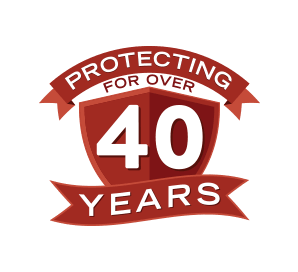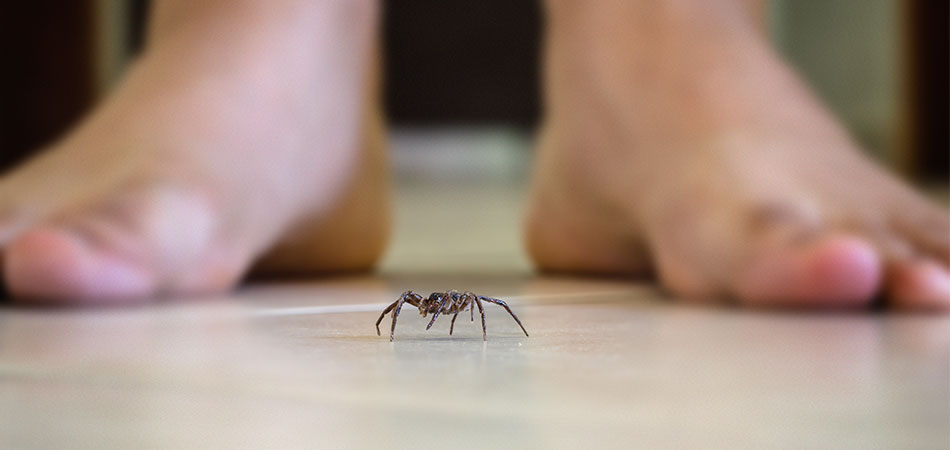Fall means warm drinks, soft sweaters, crisp mornings, cold evenings, and family gatherings. However, the season of Thanksgiving can also mean some unexpected (and unwelcome) house guests: animals and insects who are starting to look for shelter in advance of the coming winter.
As the seasons change, one must properly maintain the outside of one’s home in order to discourage a vast array of pests from moving in to stay warm. Pests can include rodents such as mice and rats, and bugs such as flies, stinging insects, beetles, and ants.
These pests can cause short and long term damage to the home. Walls, closets, and pantries are places in which rats and mice make nests, chew wires, disturb insulation, and leave gnaw marks and droppings. If they have access to open food containers, disease and illness can be brought into the home. Bugs and insects such as yellow jackets, bees, stinkbugs, ladybugs and even cockroaches will try to overwinter in the home by creating nests in garages, sheds, and in-between walls or in small holes. Ants may also try to set up new colonies.
Due to the nature of some of the pests and where they ‘nest’ or take shelter (the pests can become hostile if disturbed, or the nests are located in risky locations), it can be unsafe for yourself and your family if you attempt to identify and remove them yourself. Here are some tips to prevent insects from getting into your home, common areas to look for infestations, and how to remove safely remove them once found.
Preventative Measures:
- Check the outside of your home (including utilities and pipes) for any holes, cracks or gaps.
- Prune back landscaping and plants so that they do not touch the home. This will discourage pests from moving from these plants into the home.
- Store firewood in piles several feet away from the home’s exterior to discourage termites, carpenter ants, and other destructive insects.
- Be careful when bringing in fall decorations such as straw, decorative wood or crates, pumpkins, gourds and dried corn; pests can sometimes hide in decorations.
- Fall plants can also attract pests; be mindful when moving potted flowers and other plants near or into the home.
Common Areas to Look for Infestations:
- Garages, sheds, closets, pantries.
- Storage crates and boxes.
- Any spaces in-between walls.
- Seasonal decorations.
Safe Removal of Infestations:
- Seal cracks, holes, and gaps.
- Fix any leaky appliances, pipes, etc. to discourage the laying of eggs.
- Seal all food containers. Once the food source is inaccessible, many pests will not return.
- Use natural bug repellents such as cinnamon, coffee grinds, garlic, cloves, or dried peppermint.
- Use non-toxic essential oils and sprays to deter and remove wasps and hornets and discourage them from returning to their nest. One can also hang up a fake nest to deter wasps from setting up new ones. *Actual removal of the nest may require the help of professionals, since wasps and hornets have a painful sting.
- Setting catch-and-release traps.
Using Action Pest Control’s recommendations, homeowners can take preventative measures to avoid infestations. In the event of an existing infestation that is too unsafe or too complicated for homeowners to remove on their own, Action Pest Control’s services include: inspection/analysis, removal, and monitoring. Enjoy the fall season, pest-free!







